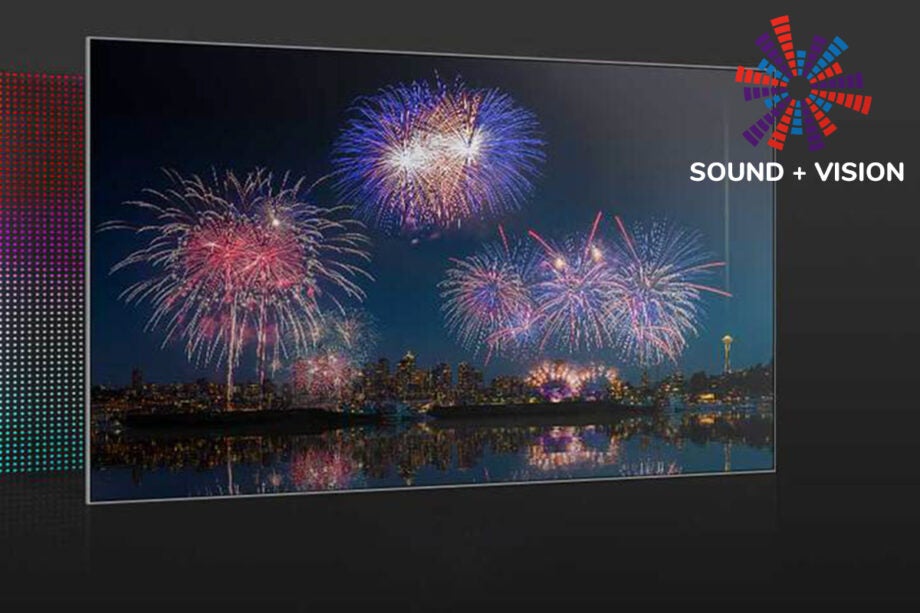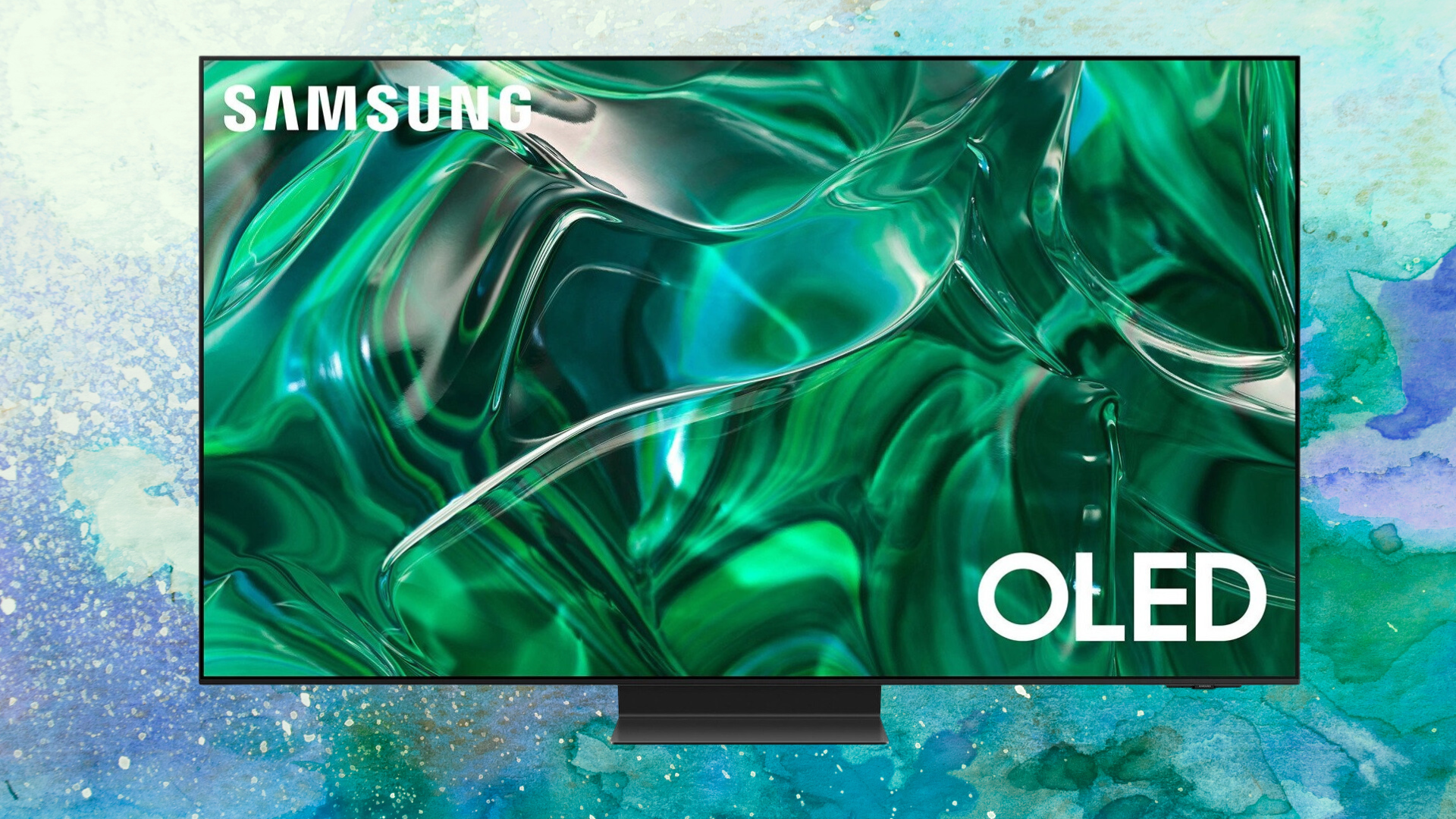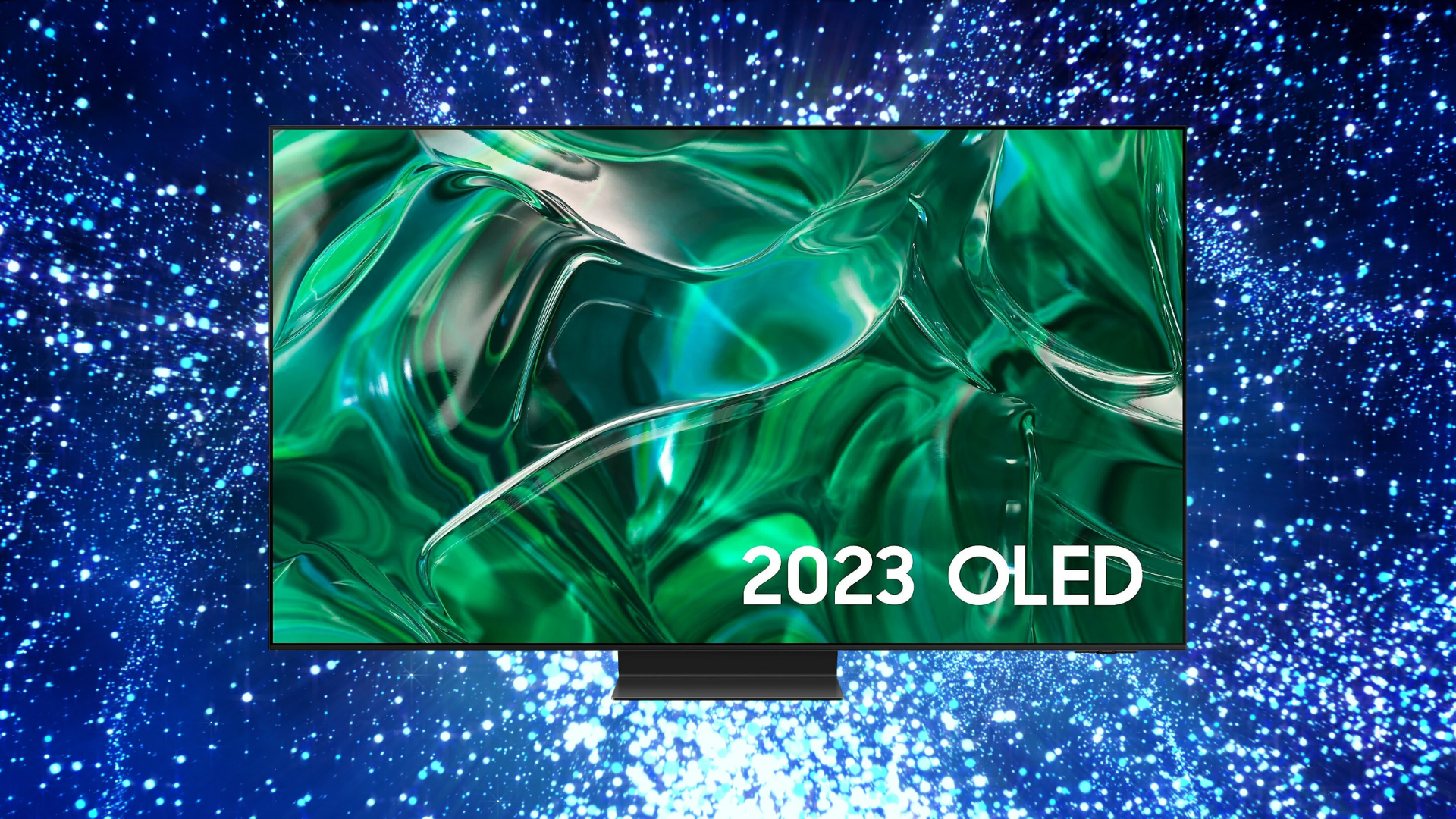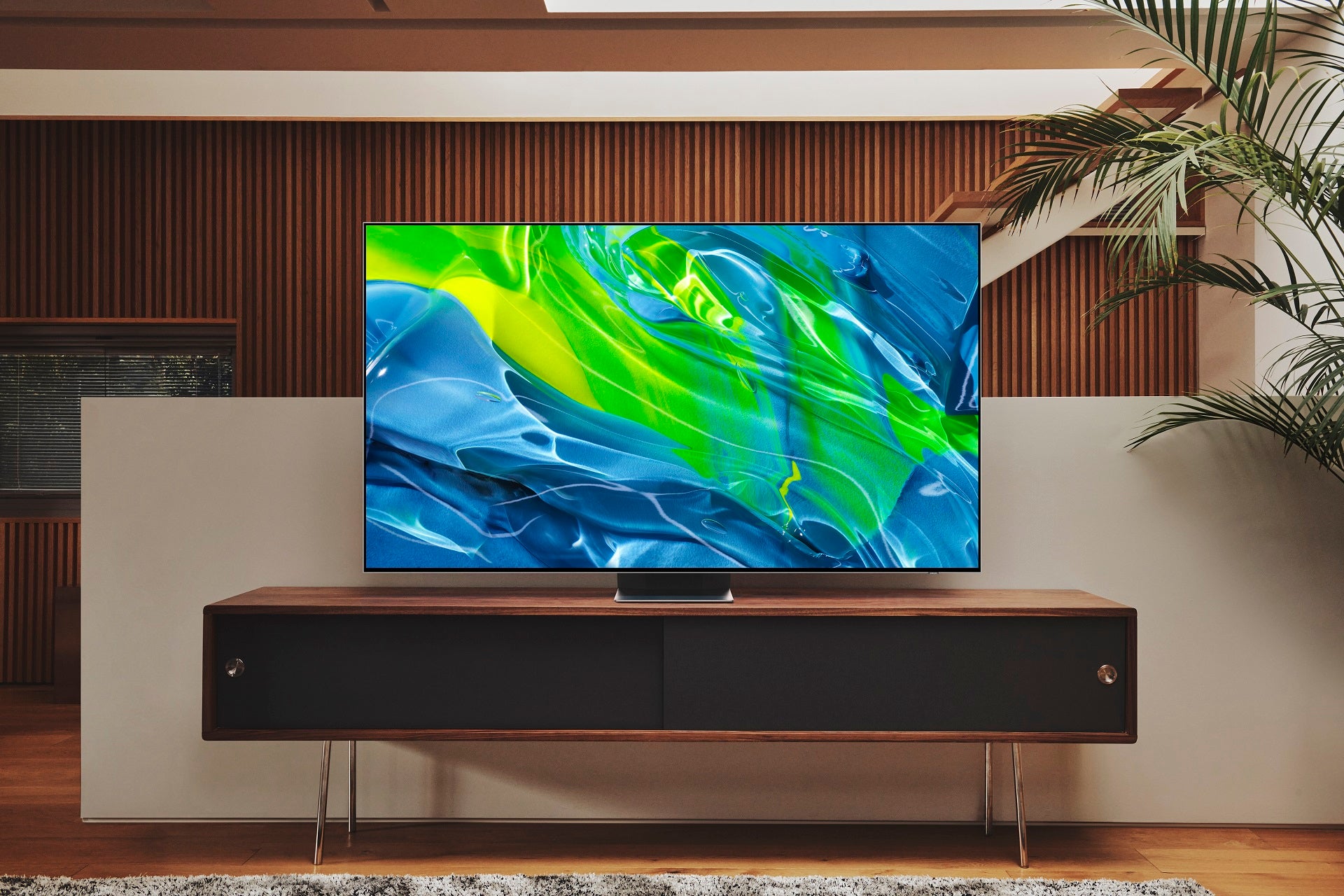Sound and Vision: Will Samsung’s QD Display technology take OLED to higher peaks?

OPINION: Recently, Samsung lifted the lid on its QD-OLED TVs – or QD Display – revealing some insight into what we can expect from these next-gen TVs.
Samsung’s relationship with OLED for TVs has not been the most… rosy. Back when OLED was still relatively unheralded, the South Korean manufacturer pumped out its sole effort – the curved KN55S9C. Despite other manufacturers jumping and advancing the OLED train further, Samsung took a step back and developed its QLED range, embroiling in a sometimes-heated rivalry with LG who have been the main backer of OLED displays. You can get a break down how that fight went in our OLED vs QLED guide.
Samsung has long bemoaned OLED’s lack of high brightness as one reason for not supporting the technology, another is OLED’s potential for image retention and permanent burn-in. That’s an issue that doesn’t affect Samsung’s QLEDs, as well as QLED able to hit much brighter peaks to give HDR content a punchier, colourful look.
And yet, you do sense that despite these advantages, Samsung has been rather annoyed that OLED continues to stick around. OLED TVs are now available in wider range of sizes and they’re getting cheaper each year with peak brightness, though nowhere near troubling QLED’s brightest, is improving.
And so, it would seem Samsung has decided to get back into the fray. But as usual, they’re going about it their own way.
What QD-OLED – sorry – QD Display intends to do is to take the best attributes of OLED and combine that with the Quantum Dot technology Samsung has developed. This return of sorts to OLED wasn’t sudden and hasn’t been the smoothest either. There have been many reports of resistance internally from Samsung Visual Display, despite Samsung Electronics investing a huge sum of money in a new production facility that would be home to these new large screen QD Displays.
Judging from what Samsung Display detailed on their site, there’s mention of the new panel technology reaching 1000 nits – something of a holy grail for OLED as Panasonic’s JZ2000 just hovers below it. Samsung has always pursued a high brightness remit for its TVs and while 1000 nits sounds rather paltry for them – a recent 8K TV we tested from them managed to hit a scorching 4000 nits – even 1000 nits is a level of performance OLED infrequently reaches.
So, while it seems Samsung believes it can achieve this level of performance, will they be able to? Again, reports from South Korea in the first half of 2021 suggested prototypes weren’t all that bright to begin with – perhaps a breakthrough has been made – but considering this a first effort at a next-gen panel, it’s likely we won’t see the best of these QD Displays just yet.
Nevertheless, it’ll be intriguing to see what Samsung brings to the market with its take. It’s unlikely to hit the same affordability OLED is currently at, and unless there’s a sudden about-turn, it’s unlikely to support Dolby Vision like every other OLED. When it comes to features – especially for gaming – LG has arguably been more inclusive.
That means there’s ground for Samsung to lose if QD Displays don’t match the initial hype. They won’t have the high ground of significantly higher brightness, nor are they likely to have completely solved the issue of image retention and burn-in, of which many marketing pot-shots have been taken at the likes of LG about this issue.
Perhaps Samsung’s QD Displays on their own won’t take OLED to higher peaks at the first attempt, but perhaps the presence of another challenger will spur those already in the mix to greater heights. Considering how great this years’ OLEDs are turning out, it’s rather exciting to see how much further the technology can be taken.





